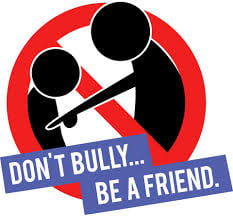Unless you’ve directly experienced bullying, you may not realize just how devastating it can be, especially to a child. As well as being deeply hurtful, bullying can leave anyone feeling frightened, angry, depressed, and totally undermined. But bullying should never be tolerated.
Whether you’re the one being bullied, or you’re a teacher or parent who thinks their child is being bullied or engaged in bullying behavior, there are steps you can take to deal with the problem.
What is bullying?
Bullying is repeated aggressive behavior that can be physical or verbal.
• You are made to feel hurt, angry, afraid, helpless, hopeless, isolated, ashamed and even guilty that the bullying is somehow your fault. You may even feel suicidal.
• Your physical health is likely to suffer and you are at a greater risk of developing mental health problems, such as depression, anxiety or low self-esteem.
Types of bullying
Physical bullying includes the following:
• Hitting, kicking or pushing someone, or even threatening to do it
• Stealing, hiding or ruining someone’s things
• Hazing, harassing or humiliating someone
• Making someone do things he or she does not want to do.
 Verbal bullying includes the following:
Verbal bullying includes the following:
• Name-calling
• Teasing, taunting
• Refusing to talk to someone
• Excluding someone from groups or activities
• Spreading lies or rumours about someone
• Insulting or otherwise verbally abusing someone.

























